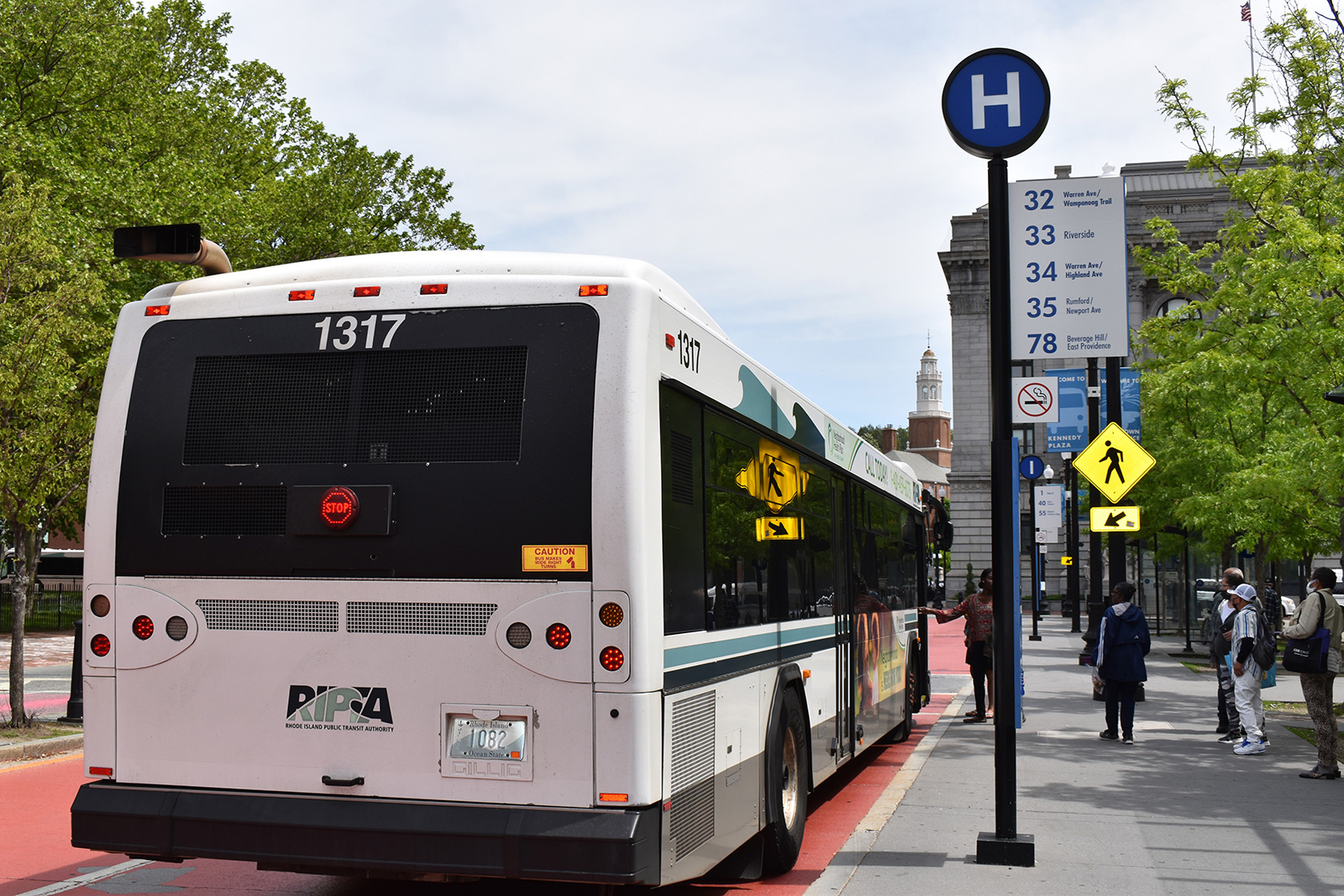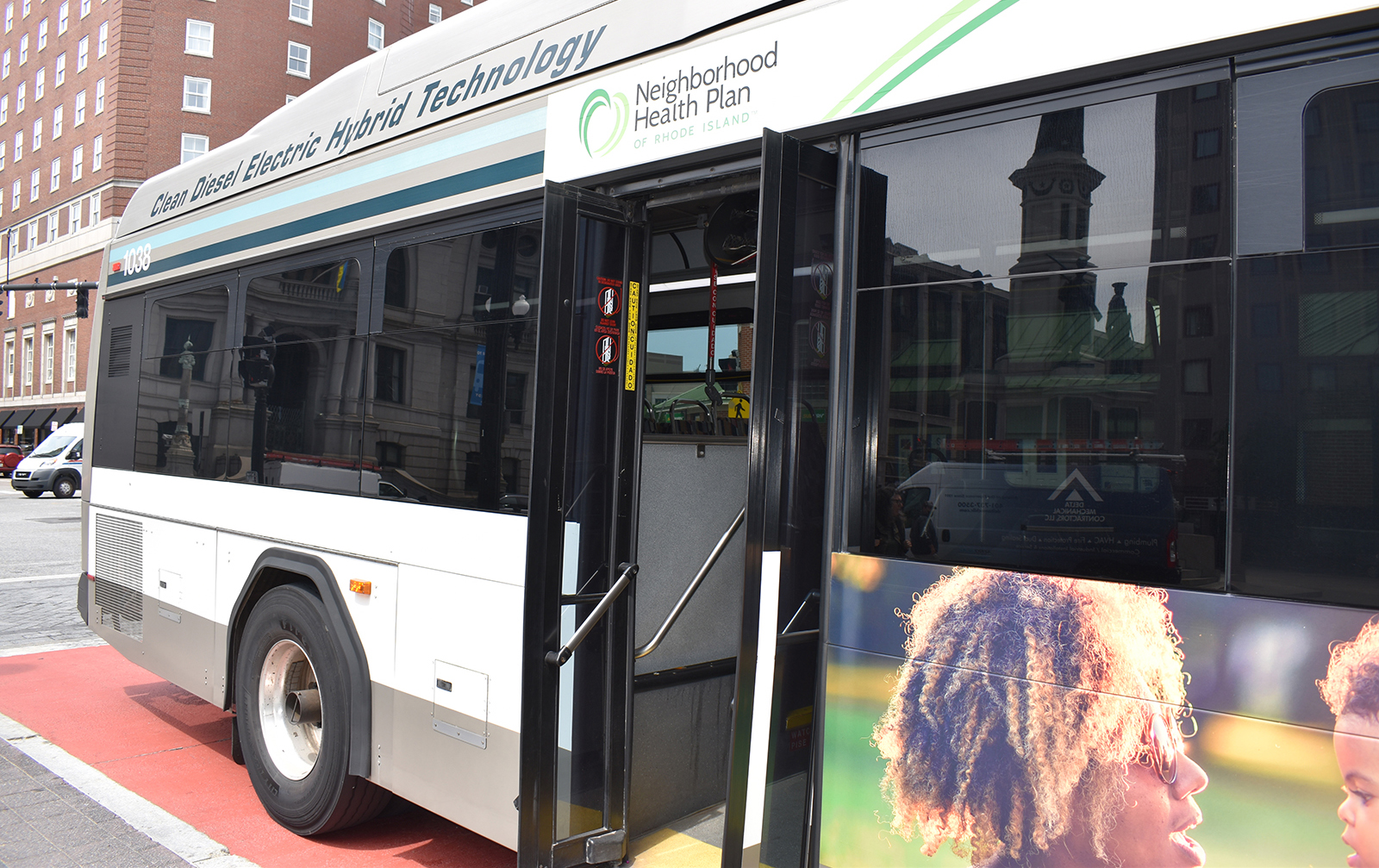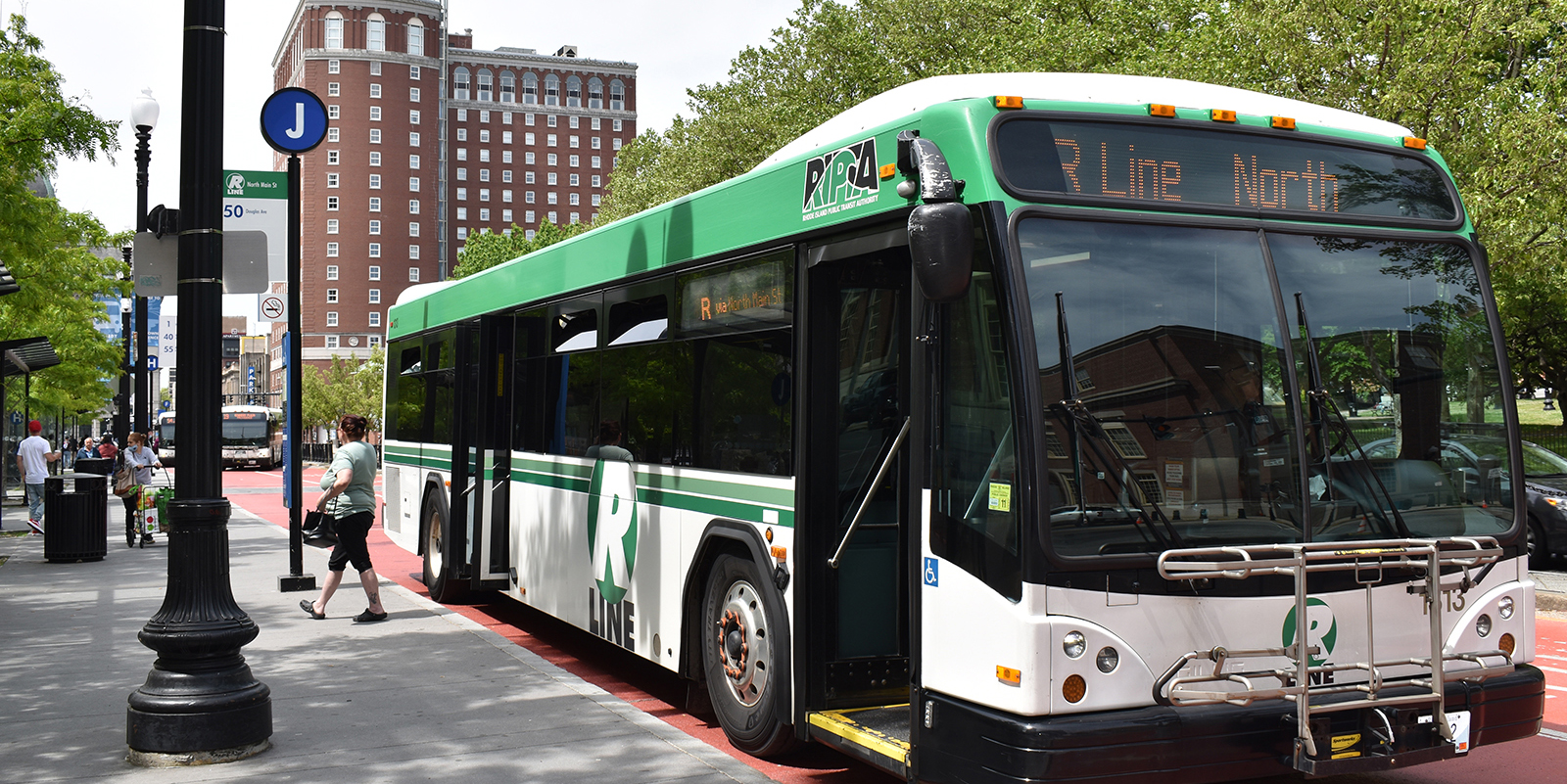Taking the Bus Is ‘Not a Convenience for Him, It’s a Necessity’
March 4, 2024
EAST GREENWICH, R.I. — Jean Ann Guliano and her 27-year-old son James live together in a complex for seniors and people with disabilities.
Doctors diagnosed James with autism when he was 2, and ever since, Guliano has become an advocate for him and for others with disabilities, trying to ensure that James and his community have the resources to live healthy and happy lives.
On top of housing and health care, transportation is one of the most important factors in making life better for James who, like many adults with disabilities, doesn’t drive.
“I’m in my 60s, I know I’m not going to be around forever,” Guliano said, “so, to make sure that my son is as independent as possible is my No. 1 priority.”
A huge part of James’ independence comes from taking the Rhode Island Public Transit Authority’s route 16 bus.
Guliano talked about her excitement when the relatively new route got up and running. “I was thrilled. It’s wonderful. We’re going to have more buses in our area,” she said.
It opened new doors for James, who could now take the 16 to and from the CVS where he worked, or go grocery shopping, or make a connection to another bus at the Community College of Rhode Island hub without needing a ride.
“It’s not a convenience for him, it’s a necessity,” she said. “It’s confidence, it’s independence and freedom.”
Route 16 is one of more than a dozen bus lines that RIPTA has proposed to modify or eliminate to improve timeliness and decrease dropped service caused by an ongoing driver shortage.
Scott Avedisian, RIPTA’s chief executive officer, said service will be added back as the agency fills vacant driver positions. The board that governs the authority voted Feb. 22 to increase the base pay for drivers and wages for current operators, but whether the pay bump can prevent any cuts remains to be seen. RIPTA’s board hasn’t yet scheduled a vote on the service changes.
If the 16 is eliminated, what is currently a 10- or 15-minute straight shot to work will turn into a cumbersome ride up to CCRI for a transfer for James. Guliano guessed he would be on the bus for about an hour and 45 minutes without the 16.
“He works a full day, so you tack on an hour and 45 minutes in the morning and an hour to 45 minutes at night. That’s tough for a neurotypical person,” his mother said. “You tack on that for someone with developmental disabilities and that is a huge, huge mental strain.”
Guliano said she’ll likely drive James to work as much as she can, but about once a month, she heads down to Florida to take care of her mom.
She was on one of those visits as she explained over the phone to ecoRI News how James was able to commute, shop, and travel to the mall to watch “Madame Web” while she was gone.
“Now he is so comfortable,” she said. “He’s gotten enough confidence in the last two years, just the last two years, to be able to take the bus where he needs to go. I cannot express to you how happy that makes him, how happy it makes me, at that independence.”
Guliano spoke up about her concerns for James and for the other people living in her community at a public hearing on the potential cuts in Providence.
“I will beg if I need to,” she told ecoRI News, explaining that she hopes state officials won’t politicize the cuts that have real-life consequences for the people who take the bus. “We should be a robust state that invests in public transportation for everyone.”




My son also takes 16 X daily to get back-and-forth to work. Public transportation should be increasing services, not decreasing. If there is not enough bus drivers , increase the pay scale .Use a smaller bus vs cancelling the route .Stop wasting tax payers money on advertisements and put the money where it is needed for the constituents of the state